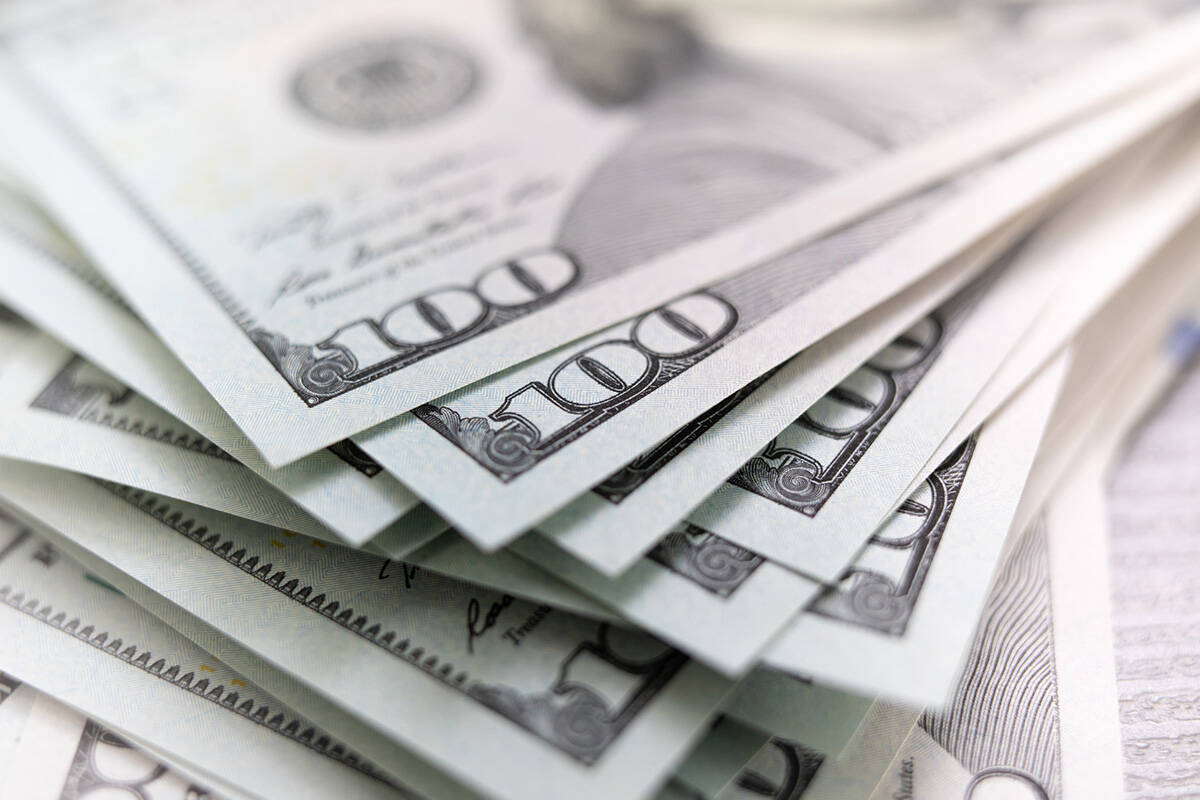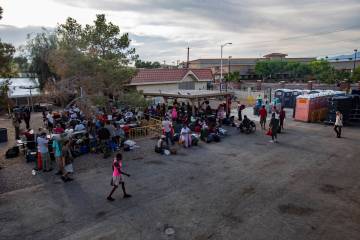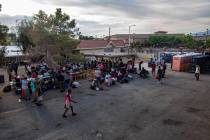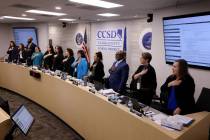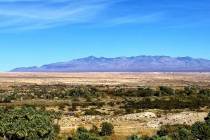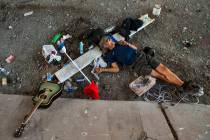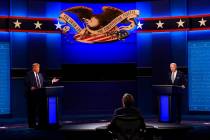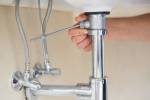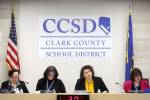EDITORIAL: Schools districts find creative ways to waste federal ‘rescue’ funds
Even the pandemic didn’t stop education bureaucracies from wasting money. In some cases, the virus enabled it.
Since April 2020, Congress has allocated more than $190 billion to help schools navigate the coronavirus crisis. Even for the federal government, that is oodles of money. It’s around six times as much as Washington’s base education spending in the past fiscal year, according to CNN.
In theory, this money was supposed to help pay for personal protective equipment and other measures, such as improved ventilation, that schools needed to open safely. Money was also available for things such as summer school to help the millions of students who didn’t learn a grade level’s worth of material last year during remote schooling.
The deadline to spend the last of the loot is 2024.
One might think that school district officials would be especially judicious with this windfall. A global pandemic is no time to take advantage of federal largesse funded by taxpayers, including those not yet born. Alas, that line of thinking is hopelessly naïve. And Congress attached very few conditions on how the money is spent, although states and local districts are supposed to submit reports to Washington detailing how they distributed the cash.
Yet, “Little is being done to track how schools are using the money,” The Associated Press reported in August. “After the first wave of funding, the Education Department’s internal watchdog warned that grant oversight has been a ‘persistent management challenge.’ It cautioned that internal weaknesses could limit the department’s ability to monitor the funding.”
Across the country, some of the spending is so egregious that it’d be humorous if it weren’t so outrageous. An Iowa school district spent more than $200,000 on improving an outdoor stadium, according to a ProPublica review of district spending reports. A Texas school district spent $4 million from the federal government on a 5-acre outdoor space that is connected to a nature and birding center. The project won’t be finished until December 2024. How that will help students today isn’t clear.
ProPublica’s analysis covered more than 16,000 of the spending reports submitted to the Department of Education covering March 2020 to September 2020. It found that “just over half of the $3 billion in aid was categorized as ‘other,’ providing no insight into how the funds were allocated.” The districts in Los Angeles and New York City listed all expenditures under that category.
The Clark County School District received $777.8 million in federal funds via the American Rescue Plan. It had previously received almost $500 million. Given the district’s abysmally low levels of student achievement, one might hope district officials would prioritize helping students get up to grade level. Nope.
There are plans to expand pre-K, spend more than $200 million on technology upgrades and increase the educator pipeline. The district hopes to spend $346,000 on strategic planning and $8.7 million for a website showcasing student achievement data.
Most of this spending will do little for student learning or even mitigate learning loss from the past 18 months.
Page one in the education establishment’s hymnal insists that virtually any dismal outcome can be attributed to a lack of funding. Curious, then, that there seems to be little interest in many districts to showcase how the federal bonanza helped students recover from two — three, in some places — disrupted school years.
“We will be in a bad place,” Dan Goldhaber, director of the Center for Education Data &Research at the University of Washington, told ProPublica, “if we don’t have much evidence that $200 billion didn’t move the needle.”
Teacher unions and their enablers perpetually claim they could deliver great things if only stingy taxpayers would more generously open their wallets. But as this exercise shows, these promises and reality don’t always coincide.



